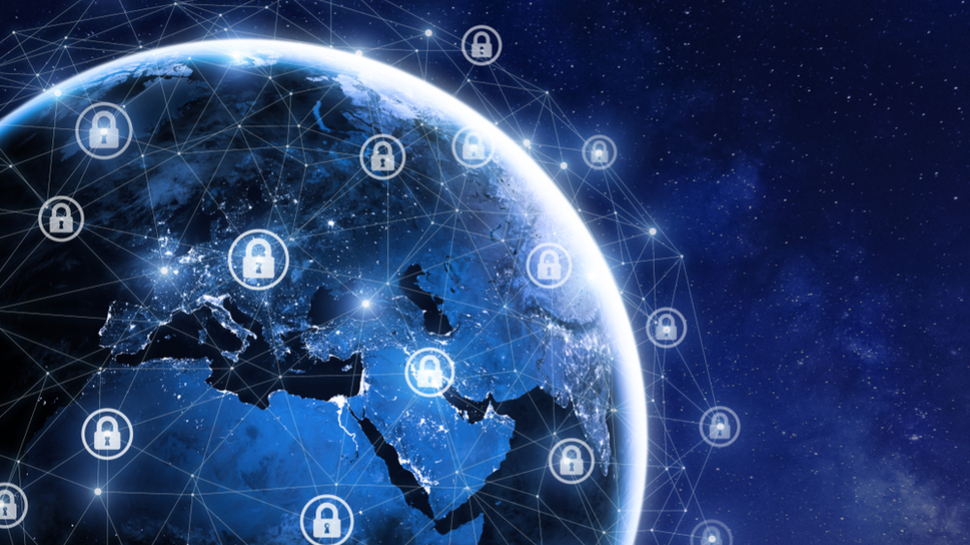DDoS: The Tool of Hacktivism


The cyber landscape, like the political landscape, has created a pressure vessel of activists looking for disruption. Since November of last year, it was reported that there had been nearly 6 billion data breaches. As businesses and governments brace for the notorious hacking methods of malware, ransomware and Trojans, it’s easy to forget about the “less shiny” techniques like Distributed Denial of Service (DDoS).
DDoS attacks are malicious attempts to disrupt the normal traffic of a targeted server, service, or network by inundating it with a flood of Internet traffic. Unlike malware, DDoS is not designed to steal or hold your sensitive information hostage, but to cause disruption. Hacktivists are not necessarily motivated by monetary gain alone, but rather to send a message, cause inconvenience, and create distraction.
And given the high level of political activity driven by global elections, regional conflicts between Russia and Ukraine, and ongoing tensions in the Middle East, DDoS attacks are likely to be a key tactic for disrupting governments and businesses.
Cybersecurity Threat Analyst at Vercara.
The Growing Threat of DDoS Attacks
DDoS is used for a wide range of purposes, including attacking mobile communications in Ukraine, hospitals in Romania, and cultural and informational sites, such as the recent attack on The Internet Archive.
Botnets for rent on the Dark Web have made it easier than ever for malicious actors to launch their own attacks on institutions. You can simply find and pay a provider for an hourly rate that can be used to try and take down a network. With the right know-how and motivation, DDoS attacks can be launched on any online network.
The world is boiling with controversies from elections, environmental crises to economic tensions. Digital disruption has become the new form of protest. Hacktivists are now planning DDoS attacks on European political parties, as seen in the recent high-profile attacks by Ziyaettin on the campaign website of Jean-Luc Melenchon, who is currently running for the French presidential election.
According to a recent report by Vercara, hacktivists are planning DDoS attacks on European political parties campaigning against hacktivist interests.
Details of two significant DDoS attacks targeting political websites in the Netherlands were made public on June 5 and 6. The first attack peaked at 115 million requests per hour, with one target site receiving 73,000 requests per second over a four-hour period.
After the attack, the hacktivist group ‘HackNeT’ claimed responsibility for the attacks on their telegram channel. They identified the PVV (Party for Freedom) and FvD (Forum for Democracy) as their targets.
The importance of robust cybersecurity measures
DDoS attacks present themselves as a tool for hacktivists who want to send a message by disrupting your ability to communicate with your audience. Whether that is a politician’s website to share their policies, a large corporation to do business, or even a website to share the history and culture that has been shared across the internet.
The significant disruption caused by DDoS attacks underscores the need for robust defenses. A DDoS attack initially presents itself as a sudden slowdown or unavailability of a site or service. However, it is critical to recognize the difference between attacks and performance issues caused by legitimate traffic. This means that the first step in addressing this challenge is a thorough investigation.
Why effective collaboration is vital
A proactive and aggressive approach to cybersecurity is not only effective, but also necessary against motivated hackers. By protecting yourself against cyberattacks, you not only strengthen your own security, but also ensure the safety of your users.
A strong relationship between yourself and your security vendors is an important partnership in today’s cyber landscape. Knowing you can trust your systems allows businesses to operate freely online with the peace of mind that your hard work won’t be completely destroyed.
During the month of June, there was a significant increase in DDoS attacks targeting Vercara customers, with a 288% increase compared to May 2024. Without substantial protection, this could have been detrimental to business continuity.
This highlights the need to protect against such incidents. Implementing proactive defensive measures includes adopting resilient network security protocols, utilizing DDoS mitigation services, and remaining vigilant against emerging threats.
The hidden dangers of malware, Trojans, and spyware demand attention, but the simplicity and effectiveness of DDoS attacks make them a critical threat that cannot be ignored. And the rise of sophisticated hacktivist groups like NoName and their affiliates, as well as SN_BLACKMETA and RipperSec, highlights the urgent need for continuous monitoring and intelligence sharing at both a national and international level.
We provide an overview of the best website monitoring software.
This article was produced as part of TechRadarPro’s Expert Insights channel, where we showcase the best and brightest minds in the technology sector today. The views expressed here are those of the author and do not necessarily represent those of TechRadarPro or Future plc. If you’re interested in contributing, you can read more here:




